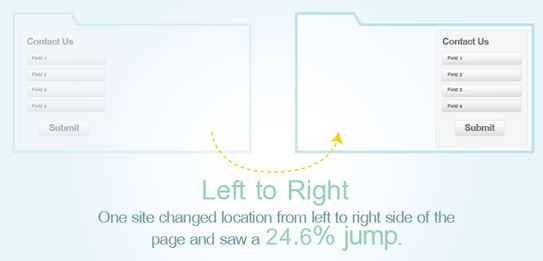How to Optimise Your Website Contact Forms and Increase Conversions
Read below and find out how making a few simple tweaks to your enquiry forms can boost conversions by up to 50%!

For most non-ecommerce websites, a website conversion is defined as a user submitting their details via a website form. With businesses placing such great importance on these forms, it’s surprising to note how many are making the process more complicated than it needs to be.
It doesn’t take a genius to work out that if the main purpose of your website it to gain leads via enquiry forms, you should do everything in your power to make the process as quick and as simple as possible.
Put in as few fields in the form as possible…
The easier the form is to fill out, the more likely users are to complete it. According to research carried out by HubSpot, when form fields were reduced from 4 to 3 their conversion rate improved by almost 50%. Forms should focus on getting leads into your sales funnel rather than on getting customer’s personal details. Remember, you can ask any additional questions later on in the sales process.
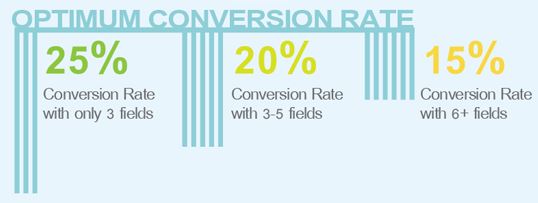
Don’t ask for a telephone number…
Conversions are said to increase by up to 5% when the telephone number field is removed as more and more people are becoming reluctant to give out their personal information online.
Depending on how important a post-click sales call is to your business, I would recommend avoiding this field at all costs.
If you feel a telephone number is needed for your sales funnel, include this as an optional field on the form. Research has shown that placing the word optional next to the field with the phone number may decrease the abandonment rate by up to 35%!
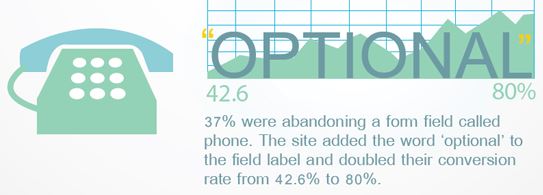
Reduce the number of drop-down options…
Research shows that conversion rates drop significantly when there are more than 3 fields in a drop down menu. Research also shows that having multiple drop-down menus within a form can decrease the conversion rate. Whilst we do recognise that drop-down menus can help ensure the enquiry is sent to the relevant department, we advise using them sparingly to ensure conversion rates remain high.
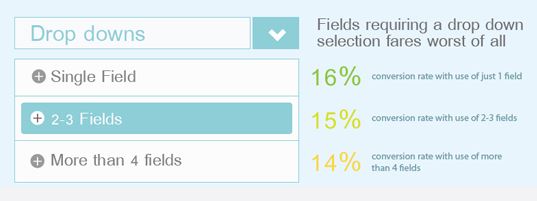
Avoid using “Submit” as a CTA…
Using the default text “Submit” on your form’s CTA button has been found to reduce conversions by up to 3%! The button text could be amended by either adding a single word after Submit e.g. Submit Form or Submit Now which is proven to improve conversions. Or, action verbs such as Go or Send could be used which will also result in a higher number of conversions than the standard Submit CTA.

Ensure forms can be easily completed on mobile devices…
As mobile use continues to grow, more and more enquiries will be coming from users on mobile or tablets devices. Ensure that forms can be as easily completed on a mobile or tablet as they can on a desktop. Text should be easy-to-read and the form should fit within the mobile device’s screen. To check the mobile compatibility of your website contact forms, put the URL into Google’s mobile-friendly testing tool.
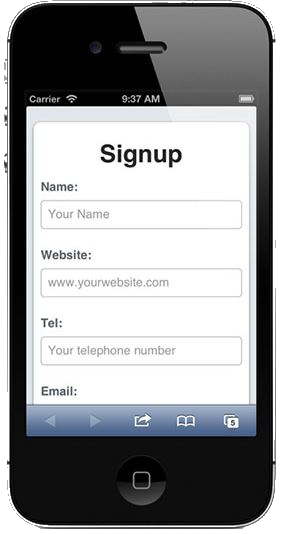
Don’t forget to ask users to sign up for you mailing list…
Add the option to sign up for your mailing list within your website forms. This can be done by adding a box with the text tick here if you would like to sign up for our mailing list or a pop out form after the contact form has been sent. This is a great way to capture more customer data and to keep in contact with potential customers. The email lists can be used to send out company news, updates on products and services offered and any promotional offers.
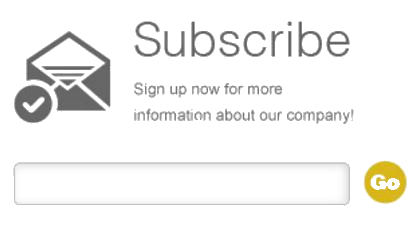
Always test website changes…
My final piece of advice is to Test, Test, Test! Before making any changes to your website take a benchmark of the current number of conversions the site has been receiving each month. This way you will be able to easily track the progress when the changes go live. Don’t forget, when undertaking any development work it’s best to do this on a staging site to ensure everything is in full working order before the live site is overwritten. If you are unsure about reducing your contact forms and are worried that your sales team will struggle with the reduction in information, use an A/B testing software to test the changes on 50% of your website traffic.
